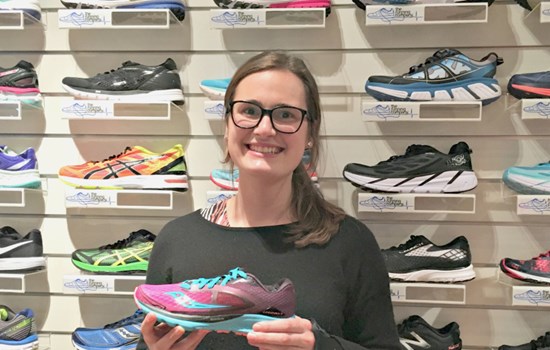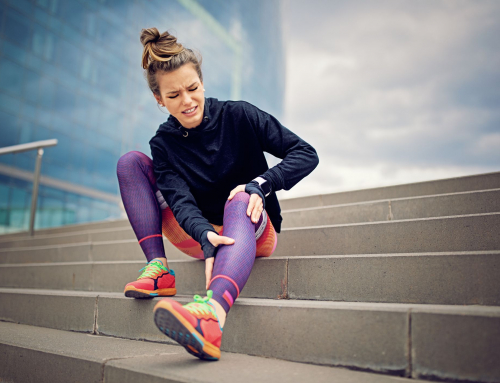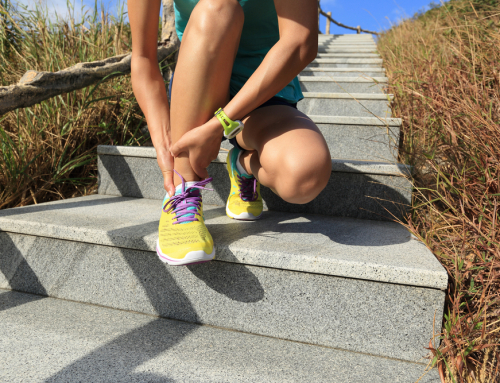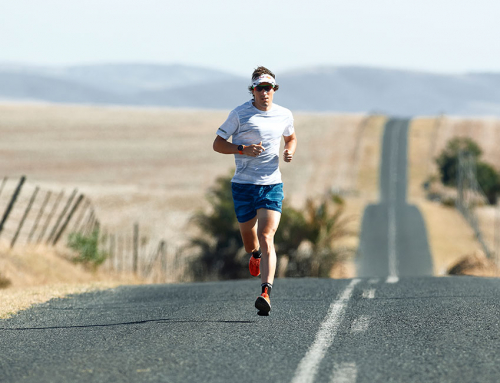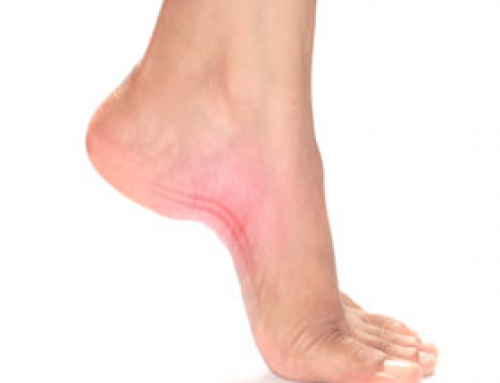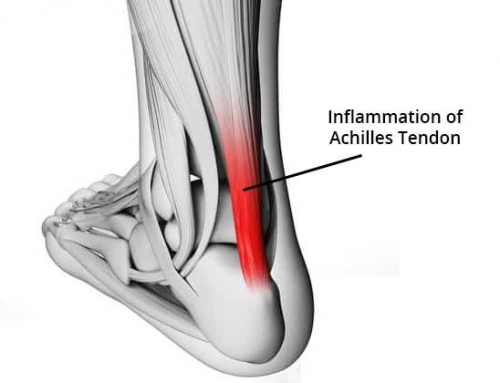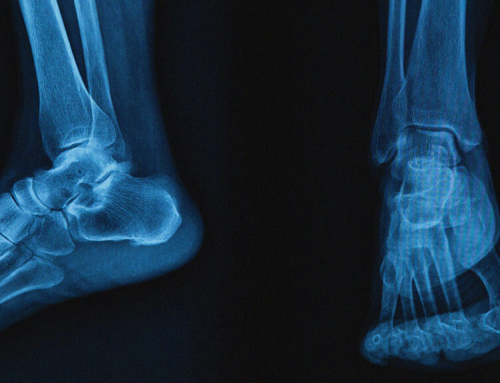A great article by resident podiatrist Rosie Sharp from ProFeet Podiatry.
Whether you are training for a marathon, attending boot camp or out walking it is important to have the correct footwear to prevent injury.
Over time time running shoes compress and no longer provide the shock absorption or structure that they once did… Wearing old and worn-out shoes can lead to a change in the way your feet and legs function. This altered movement can increase the load on specific structures in your feet and legs (bones, tendons, muscle, ligaments) which can increase your risk of an overuse injury.
Examples of common injuries we see in the clinic include:
- Shin pain
- Plantar fasciitis / fasciosis (heel pain)
- Stress fractures / stress responses
- ITB friction syndrome
- Achilles tendinopathy
- Forefoot pain
- Sesamoid pathology
- Bursitis
- Neuroma
To help to keep you active with your normal running load we recommend updating your shoes at the right time… before they wear out!
We have listed the top five ways you can assess the wear of your running shoes:
MILEAGE
- Most running shoes will generally last between 500-900km.
- This does depend on your training surfaces, loading, activities and does vary from person to person.
- It is a good idea to keep a track of how many kilometres you are doing… some running watches can do it for you (eg. Garmin, Suunto etc)
- If your shoes have done more than 900k, update them.
BEND TEST
- This is done by holding the two ends of the shoe and bending the shoe back on itself
- If you are able to do this easily the midsole of the shoe has likely compressed and lacks it’s original cushioning properties. If so, update
TREAD
- If the tread (the sole of the shoe) has worn, in particular if the wear is uneven, it is time for a new pair of shoes!
UNEVEN COMPRESSION
- Due to different materials in the shoe and individual patterns during our walking and running gait, shoes can compress unevenly, leading to a change in the dynamic support of the shoe.
- Look at the shoe whilst on a flat surface and see if the shoe “leans” to one side
PAIN
- If you are experiencing pain when walking and running, getting your shoes reviewed and likely updated is a great place to start.
When you do go to get your running shoes updated we would recommend that you get them fitted by a specialty running store. If you’d like more information or to book an appointment to see Rosie or any of the podiatrists at ProFeet please check out their website.


